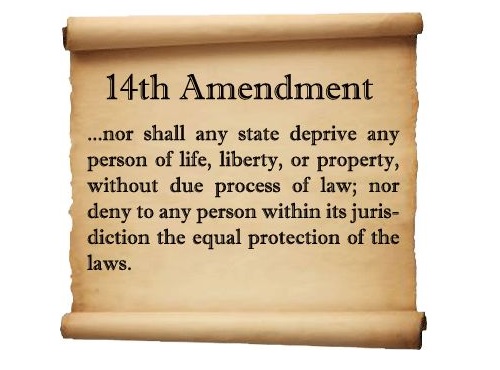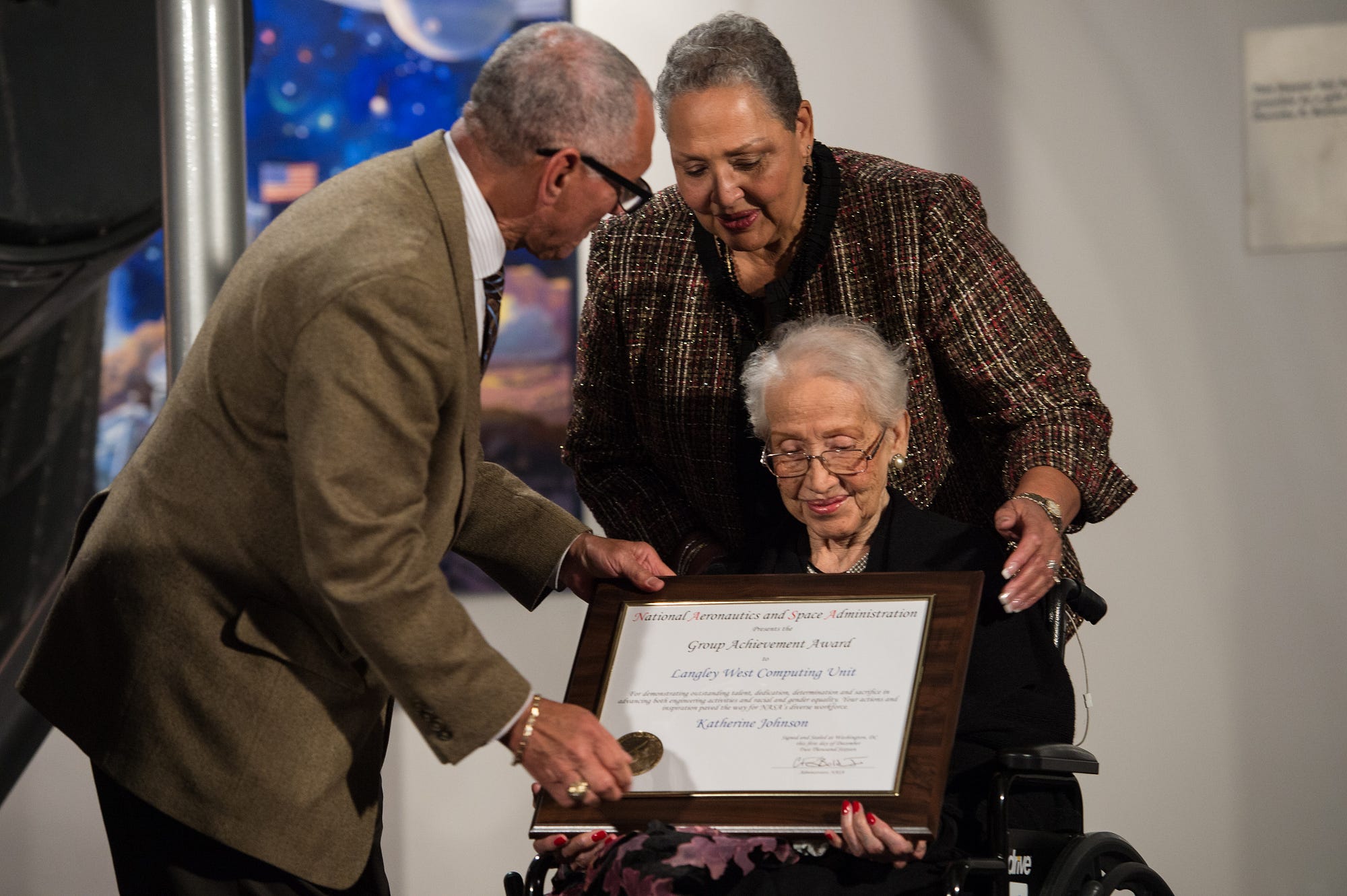Adrian Piper’s Show at MoMA is the Largest Ever for a Living Artist. Why Hasn’t She Seen It?
The New York Times Magazine
2018-06-27
Thomas Chatterton Williams

Illustration by Hsiao-Ron Cheng
The conceptual artist’s life and work push against the boundaries
Adrian Piper, the conceptual artist and analytic philosopher, is almost as well known for what she has stopped doing as for what she has done. By 1985, she had given up alcohol, meat and sex. In 2005, she took a leave of absence from her job at Wellesley, sold her home on Cape Cod and shipped all of her belongings to Germany. On a lecture tour in the United States the next year, she discovered a mark on her plane ticket that suggested, to her, that she’d been placed on a watch list; she has not set foot in America since. Then, in 2012, on her 64th birthday, she “retired from being black.” She did this by uploading a digitally altered self-portrait to her website, in which she had darkened her skin — normally café très-au-lait — to the color of elephant hide. It was accompanied by a news bulletin announcing her retirement. The pithy text superimposed at the bottom of the photo elaborated: “Henceforth, my new racial designation will be neither black nor white but rather 6.25% grey, honoring my 1/16th African heritage,” she wrote. “Please join me in celebrating this exciting new adventure in pointless administrative precision and futile institutional control!” (Through extensive genealogical work, she later determined that her African heritage is closer to one-eighth.)
The piece was, like much of Piper’s art and writing, absurdly comical in no small part because it was so brutally honest. It was inspired by Piper’s dawning realization that she was unable to fulfill other people’s expectations through the lens of race; since the early 2000s, she had stopped allowing any of her artwork to be exhibited in all-black shows, which she came to see as ghettoizing. In 2015, she announced that she would no longer talk to the press about her work.
Such inflexibility has done little to damage her standing in the art world. On a drizzly evening in March, a well-turned-out crowd of several hundred alighted upon the Museum of Modern Art to sip prosecco, schmooze and Instagram snippets of Piper’s immense body of work. The occasion was the opening of the enormous, and enormously demanding for the casual viewer, 50-year career retrospective, “Adrian Piper: A Synthesis of Intuitions, 1965-2016,” on display through July 22. The exhibition draws its title from Kant’s “Critique of Pure Reason,” a lifelong touchstone for Piper, and marks the first time in MoMA’s history that the work of any living artist has earned the entirety of its sprawling sixth-floor special-exhibitions gallery. Alongside a Golden Lion award at the Venice Biennale, which Piper won in 2015, this is among the very highest honors the art world can proffer…

‘‘Self-Portrait Exaggerating My Negroid Features’’ (1981)
The Eileen Harris Norton Collection. Adrian Piper Research Archive Foundation Berlin. |
I’d flown from Paris to see the opening of “Synthesis” after having struck up a polite but formal email correspondence with Piper. In the last message she had sent me, about three weeks earlier, she refused to speak to me on the record unless she or her archivist could independently fact-check the article before publication. “I decided a long time ago that I would prefer no representation to misrepresentation,” she wrote, and it seemed that, with this impossible condition, she would not grant an exemption from her indefinite moratorium. She suggested, as an alternative, that I consult her website and extensive body of published writing, an incalculable number of academic articles, essays and books. But I had already read many of those, and they had left me convinced that she has been quietly conducting, from that vexed and ever-expanding blot on the American fabric where white and black bleed into each other, one of the smartest, funniest and most profound interrogations of the racial madness that governs and stifles our national life that I had ever encountered…
Read the entire article here.








